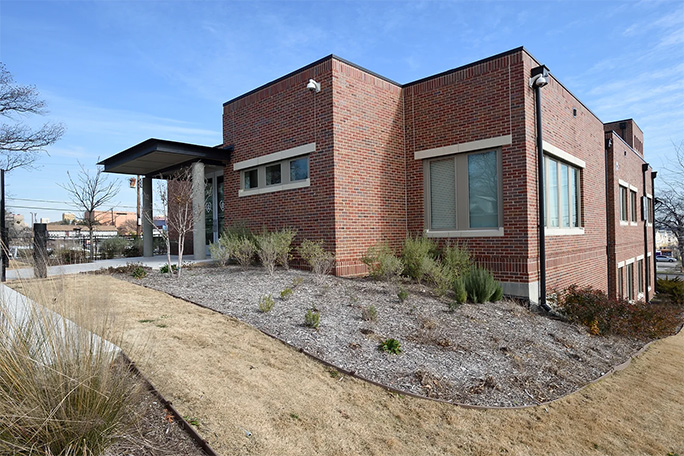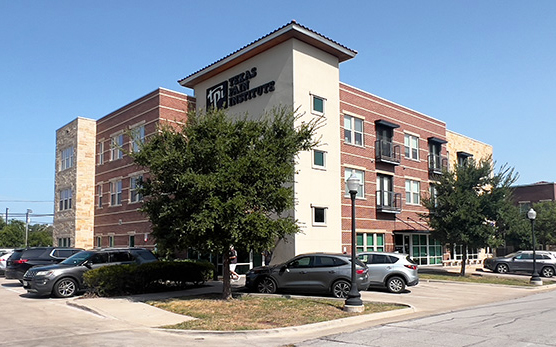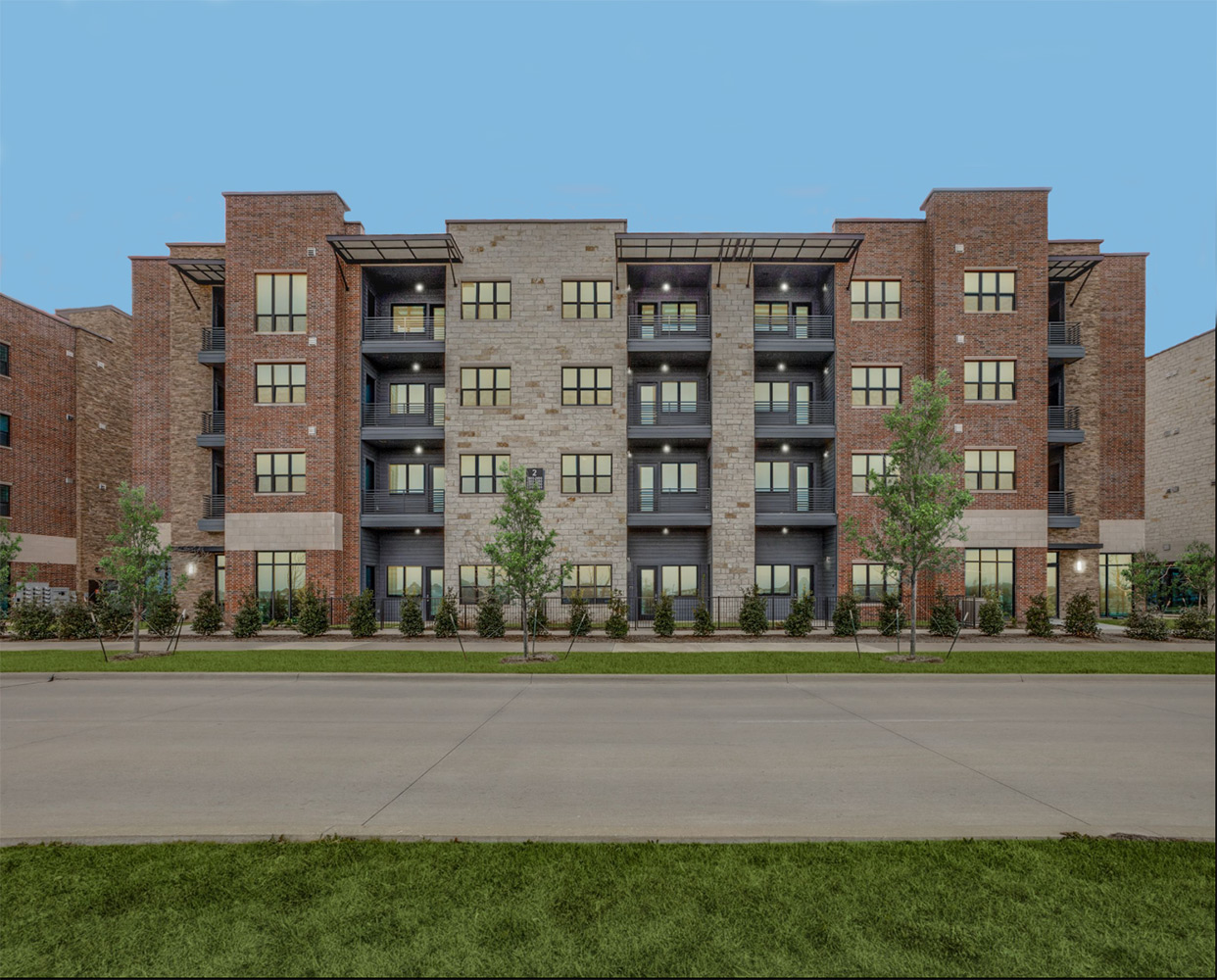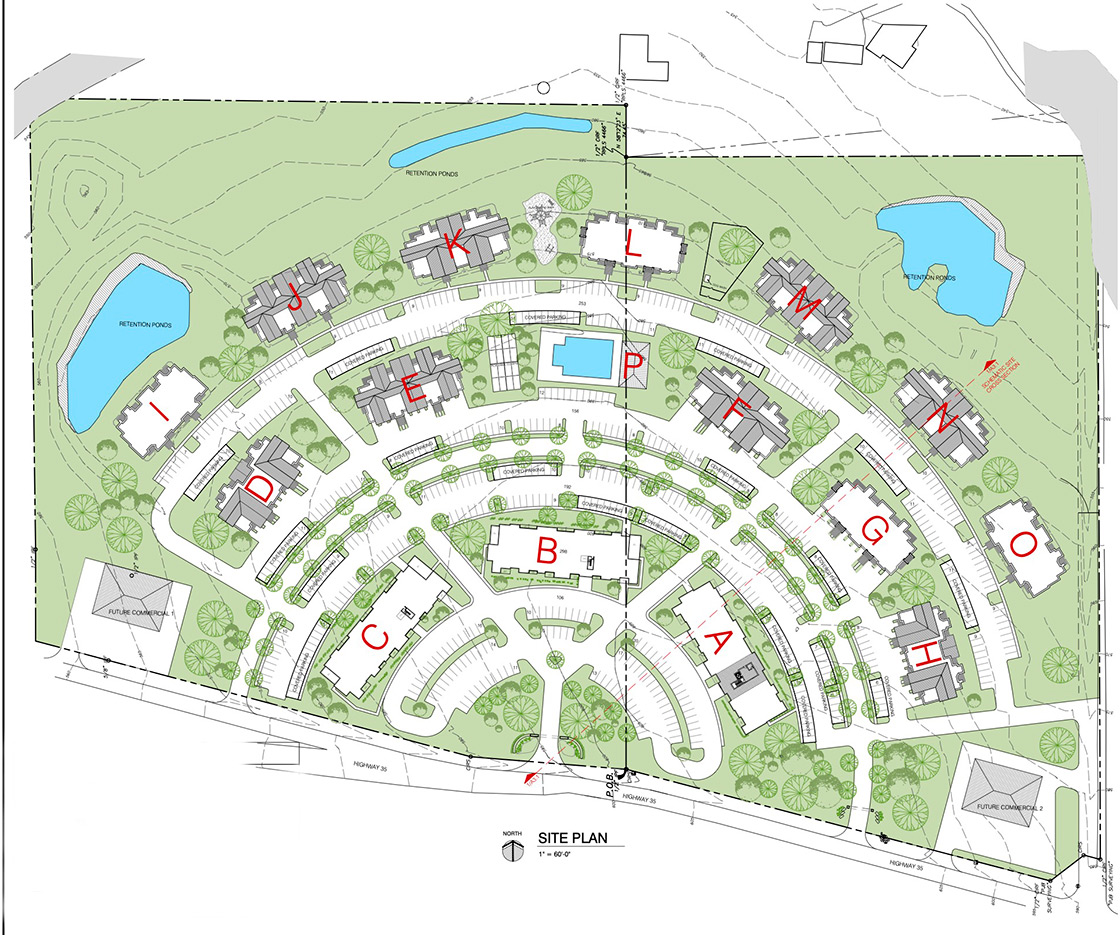Considering that there are many factors involved when constructing a building, this can be a loaded question. However, we have found several ways to create environmentally friendly designs that don’t break the bank.

Adaptive Reuse. Reusing an existing building tends to go a long way toward saving money. The amount of material resources as well as labor is considerably less than new ground up construction. Along with reusing an existing building, reusing materials can also be beneficial. Reclaimed wood, bricks, pavers, etc., is common, and beyond serving their purpose, reusing materials creates less stress on the environment. This becomes a win-win situation for the user and environment.
Natural lighting. Taking advantage of natural light is one way to reduce lighting load requirements – not to mention natural daylight is free. We typically specify high-performance Low-E glass on our projects for its thermal and visual qualities. However, there are equally high-performing alternative glass systems that are less expensive. This might mean using tinted glass rather than clear glass. Along with natural lighting, energy codes have also found ways to integrate smart lighting controls, such as dimming options to help reduce energy loads.
Heat mitigation. Using an adhered reflective TPO Roof system on low-sloped roofs can help with a building’s heat mitigation. Installation and replacement have also become more economical. Most of our projects are designed with TPO systems for this reason.
Water conservation. A large fraction of costs are typically associated with water use. Using native landscaping can reduce the cost while being eco-friendly. Some of the plants utilized on our projects include Texas sage, Mexican feathergrass, and yucca-like plants, to name a few. These plants are drought-tolerant and relatively maintenance-free. Inside the building, flow restrictors can also be installed on building fixtures to limit the amount of water being used.
As energy codes become more stringent, there are energy requirements that will need to be satisfied which will add cost to a project. However, responding to the natural local environment with an eco-friendly design, even in subtle ways, can help mitigate and reduce costs over time. If you’d like your space to be more eco-friendly, let’s talk about it.


